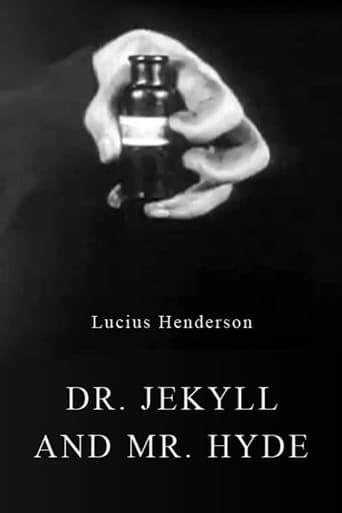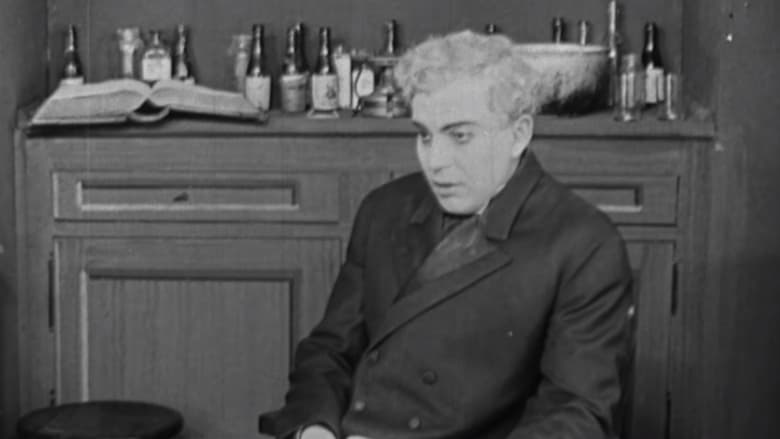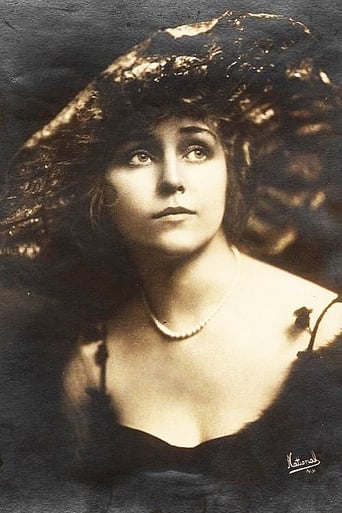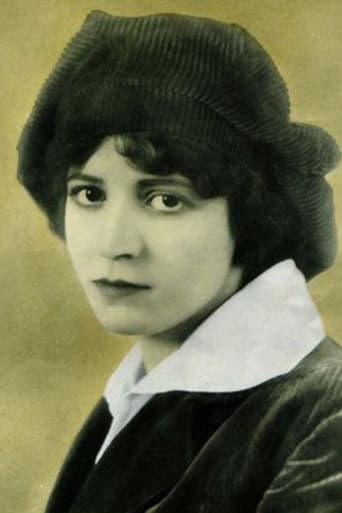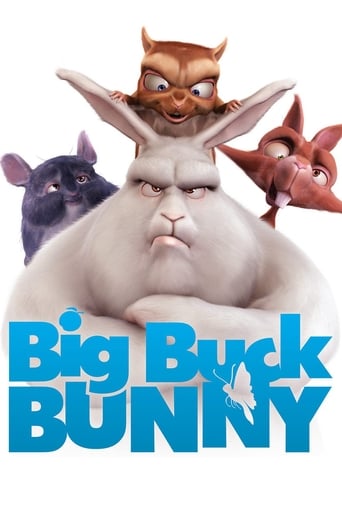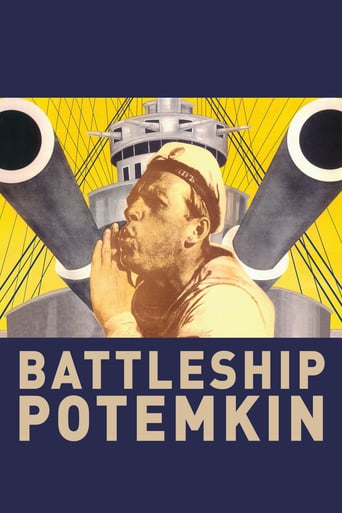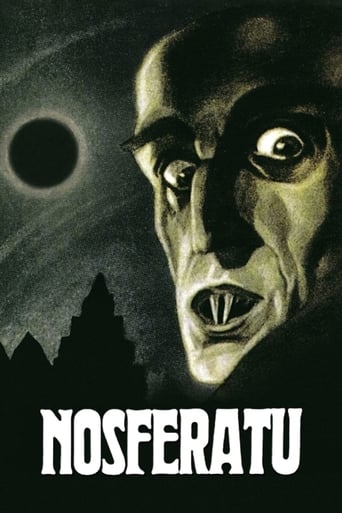Dr. Jekyll and Mr. Hyde (1912)
Dr. Henry Jekyll experiments with scientific means of revealing the hidden, dark side of man and releases a murderer from within himself.
Watch Trailer
Cast


Similar titles
Reviews
not horrible nor great
Let's be realistic.
A different way of telling a story
The movie is wildly uneven but lively and timely - in its own surreal way
Do not let age fool you. This is one of the scariest movies around. Dr. Jekyll and Mr Hyde (1920) is scarier. But still this is a very scary movie. Great special effects. Great acting. Great story line. It is not as scary as Dr.Jekyll and Mr. Hyde (1931). But that one is hard to top. It is still very scary. Far more scary then silence of the lambs ever could be. Not quit as scary as Dr Jekyll and Mr Hyde (1941). But still very scary. I just watched now and I have the h.e.b.e.j.e.b.e.s I am on vacation in Florida now. It's night time and I 'm in my condo. This is a very scary movie. Very scary very scary very scary very scary very scary. If you like to get scared you should see this movie.
This is one of seven short films included on a DVD entitled "The Thanhouser Collection". Thanhouser was an early film studio in New York that was a rival to American Biograph and Edison.Considering the subject matter, this film should have been a lot better. If you compare it to the famous 1920 version with John Barrymore, it's not even close--being too abbreviated and with an amazingly limp transformation scene. Whereas John Barrymore put on some fun histrionics as be went from the kindly doctor to Mr.Hyde, in this film the change is instant (stopping the camera and then substituting the other actor). I guess you can't fault them too much for this, but the rest of the film is also pretty dull--showing little of the plot (instead using intertitle cards too much) and the sets were not especially good (filming most of it either in the lab or outside). While the film gets kudos for using a short Mr. Hyde (like in the book), the rest of it just isn't that great--and I usually LIKE films from this era.
Without a doubt, Robert Louis Stevenson's celebrated classic, "The Strange Case of Dr Jekyll and Mr Hyde", is one of the most famous and influential novels of Gothic horror ever written, as its main theme, the inner conflict between a man's good and evil natures, has inspired countless works and several adaptations to film and stage. Thomas Russell Sullivan's 1887 stage play, "Dr. Jekyll and Mr. Hyde" was one of the most successful of its time, and soon found itself as the source for film adaptations thanks in part to the touch of romance that Sullivan added to Stevenson's tale. While the most famous adaptation of this play is without a doubt the 1920's version (starring John Barrymore), that was actually the third time the stage play was adapted to film, with the first version produced in 1908 and the second being this film, made in 1912 by the Thanhouser Company.In this version, James Cruze plays Dr. Jekyll, a respectable scientist who has dedicated his studies to the creation of a formula to separate humanity's two natures. To test the formula for a last time, Jekyll locks himself in his laboratory and drinks the potion, waiting for the effects to take place. Suddenly, he transforms into his evil alter ego, which takes the name of Mr. Hyde and begins to wreak havoc in town. Hyde takes the antidote to become Jekyll again and cover his crimes, but Jekyll's repeated use of his Hyde's persona begins to take its toll on him, making the transformation to occur without the need of the potion, almost at will. In one of these uncontrolled changes, Hyde murders the town's preacher, who is the father of Jekyll's sweetheart (Florence La Badie). This event makes Jekyll to realize how dangerous Hyde really is, but unfortunately, he no longer has the antidote.As written above, the basis for this movie is definitely the play written by Thomas Russell Sullivan, as the film moves away from the mystery of the novel and takes a more direct approach to the theme of split personalities. The movie touches an interesting theme in the idea of Jekyll becoming "addicted" to being Hyde, only to discover that his constant use of the Hyde persona has made it take over his original personality, almost like a metaphor to drug use. In those years screenplays were rarely used, but it's highly probable that director Lucius Henderson wrote one for the film, as the plot is very well developed considering the short runtime of 12 minutes (just one reel). While the style Henderson uses in the movie is pretty straightforward and a bit stagy, it's not really a bad movie and some scenes (specially the melodramatic ones) are still very effective.James Cruze, who during the 20s would become a respected director, delivers an effective performance as both Dr. Jekyll and Mr. Hyde. His Jekyll is particularly effective, as unlike most versions where the character is the epitome of goodness, Cruze makes him a flawed human in a very convincing way. His Hyde is less convincing, although that's probably because actor Harry Benham also played the character in several scenes Still, to Benham's (and Henderson's) credit, the change between actors is practically impossible to distinguish. Thanhouser regular Florence La Badie appears as Jekyll's sweetheart and she is quite good as the character, although her role in the film is considerable smaller than in the play, as the movie focuses completely on Jekyll's conflict. Interestingly, Thanhouser's child prodigy Marie Eline appears in a brief role as the kid who gets knocked down by Hyde in that classic scene.While the acting is of excellent quality (as usual with Thanhouser films), the style of the film may come off as too stagy to modern viewers and sadly, the budget limitations do show off in more than one occasion. Still, Henderson makes his movie an entertaining and to an extent, faithful adaptation of Stevenson's novel that will certainly appeal to fans of the classic tale. Lucius Henderson's version of "Dr. Jekyll and Mr. Hyde" may not be a mind blowing experience today, and even when compared to other movies of its period (the German film "Der Student Von Prag" comes to mind) it comes off as simply better than average, however, it's by no means a bad movie and I'd even say that it's required viewing for anyone interested in the early years of American horror cinema. 7/10
James Cruze is remembered by silent film buffs as a man who worked behind the camera, most memorably as director of one of the first great Western epics: The Covered Wagon, released in 1923. However, in earlier years he worked as an actor for the Thanhouser company of New Rochelle, New York, a studio of modest size that was active circa 1910-1917. Cruze can be seen in the role of Dr. Jekyll in Thanhouser's one-reel version of Robert Louis Stevenson's famous tale, an adaptation that is neither the best nor the worst but surely one of the fastest film versions, clocking in at just over eleven minutes. Given the time constraints, these filmmakers really had to cut to the chase! After a brief shot of Dr. Jekyll discussing his theories with an unidentified companion, he's in his lab mixing the potion, and the first transformation takes place before one minute has elapsed. Perhaps it goes without saying that we get only the highlights of the story here.Don't expect the cobble-stone streets of Victorian London, for this is a low-budget production that appears to have been filmed in the suburbs of New Rochelle, identified only as "the village" in title cards. The presentation is straightforward and rather subdued, and the performances are low-key by the standards of the day. Hyde's makeup job is fairly restrained too, big teeth notwithstanding, certainly when compared to some of the later versions. I was a little surprised to learn that Dr. Jekyll and Mr. Hyde are played by two different actors, at least in some shots. If you watch carefully you'll see that Harry Benham's Hyde is distinctly shorter than Cruze's Jekyll. Ordinarily actors relish the opportunity to play both of these roles, but perhaps the technical limitations of the time dictated this unusual casting decision.There is one especially effective moment when Jekyll realizes he's on the verge of a transformation into his evil alter ego in the presence of his fiancée, and attempts to get away from her. Viewers familiar with the source material might be interested in a couple of minor alterations from the novel: here, Jekyll's fiancée is the daughter of a minister, and there is a plot twist in the final scene relating to Hyde's death that may come as a surprise. Over all, however, this rendition of the story is little more than a moderately interesting curio. It isn't all that exciting, sorry to say, though allowances should be made for pioneer filmmakers. You know it's still early in cinema history when the shelves in Jekyll's study are painted on the walls -- and you know the movie isn't sufficiently exciting when you find yourself examining Dr. Jekyll's bookshelves.

